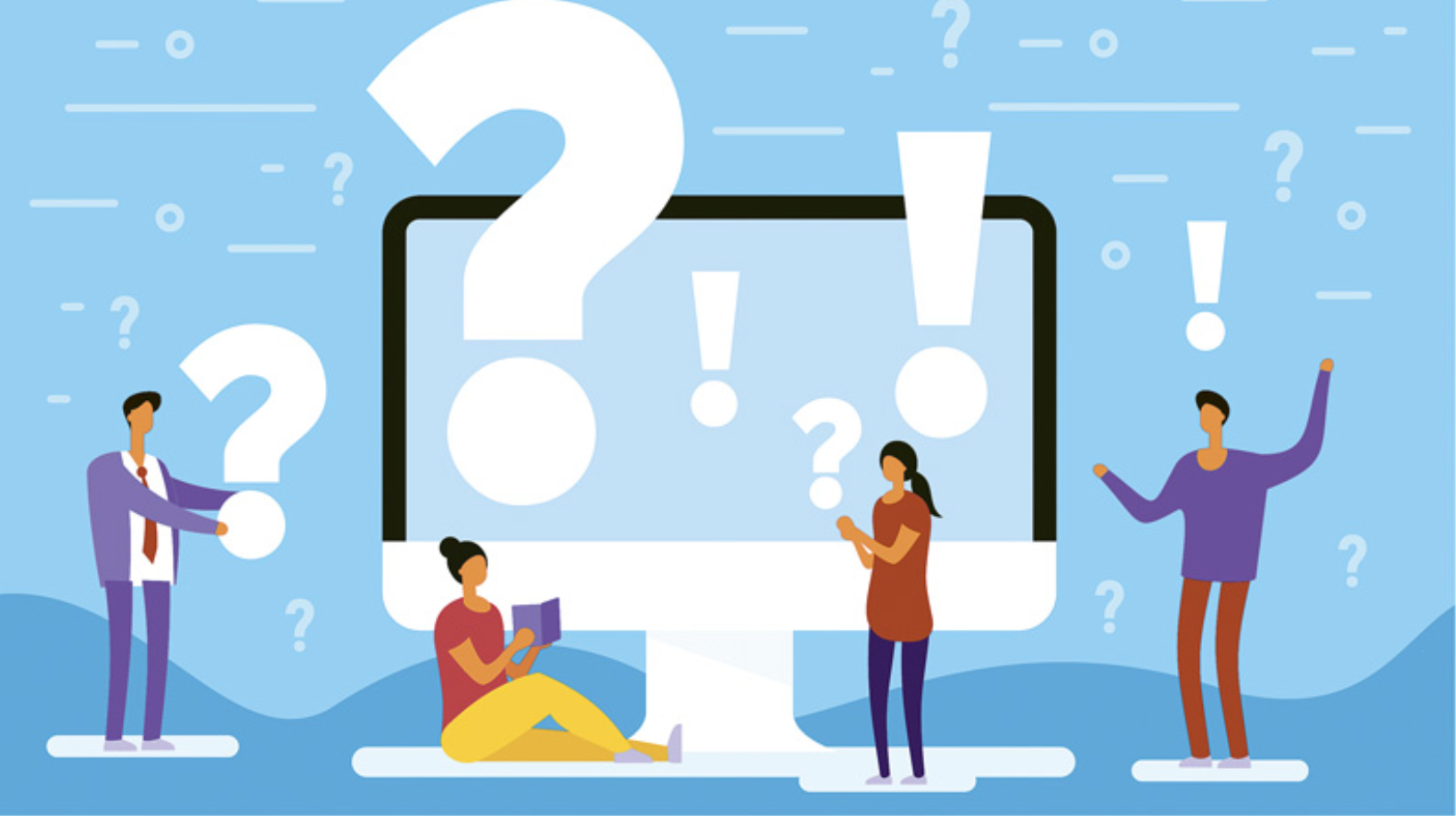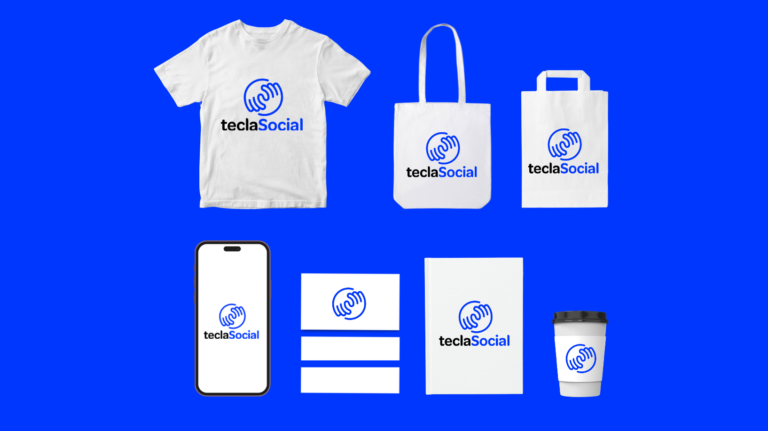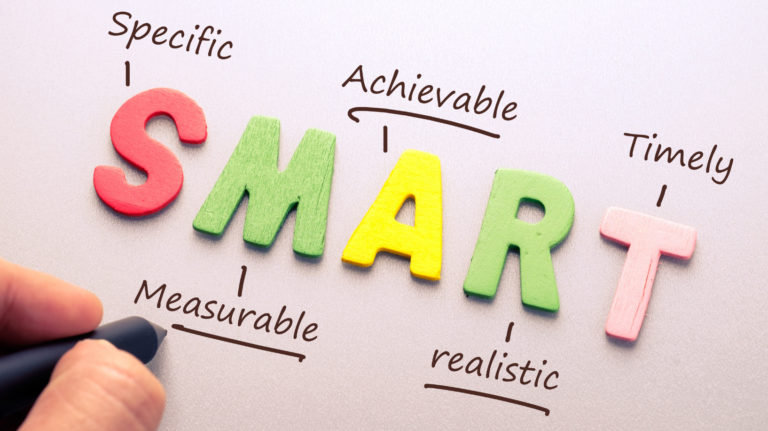How a vulnerable group can tackle the digital divide
The digital divide particularly affects vulnerable groups, leaving them at a disadvantage in key areas such as education, health and employment. At teclaSocial, our mission is to support third sector organisations in their digitalisation process, with the aim of making them more accessible, efficient and impactful. Our vision is to contribute to a fairer and more equitable society through technology, helping to overcome the digital inequalities that affect people in vulnerable situations. That’s why today we provide some solutions to help bridge the digital divide:
1.Improving access to technologies
One of the first steps in combating the digital divide is to ensure that these vulnerable groups have access to electronic devices and Internet connectivity. Initiatives to make this possible could include:
- Look for associations or companies offering digital devices.
- Free connection areas such as libraries or civic centres.
- Look for public institutions that offer grants to guarantee access to technology.
2.Digital training
There is now a wide range of basic courses on Internet use and applications, and practical workshops to help older, disabled or less tech-savvy people develop essential digital skills.
3.Promoting e-inclusion
Many job opportunities require basic digital skills. It is therefore crucial for companies and institutions to promote digital inclusion through training in professional tools.
- Training in professional tools suitable for each worker.
- Aid for the digitalisation of entrepreneurs for small businesses.
- Inclusion of vulnerable people in the digital labour market.
4.Adaptation of digital platforms
One of the biggest obstacles for vulnerable groups is the lack of adaptation of digital platforms to their specific needs. To foster a more inclusive digital experience, several aspects need to be taken into account:
- Ensure that websites and apps are digitally accessible for people with disabilities, including multilingual options and user-friendly designs.
- External devices that facilitate access for people with reduced mobility, e.g. mouthpads, adapted keyboards.
5.Awareness raising and institutional support
For these initiatives to be effective, collaboration between the public sector, the private sector and civil society is essential. Actions to foster this cooperation include:
- Giving visibility to the importance of e-inclusion to reduce inequalities.
- Alliances between institutions and companies to facilitate access to technology and digital training.
- Developing strategies to ensure equal opportunities in the digital environment.
Conclusion
At teclaSocial, we are aware of the importance of tackling the digital divide, especially for vulnerable groups. We firmly believe that digitalisation must be inclusive, and we work to ensure that third sector organisations can access the digital tools they need to improve their services and reach more people. With our focus on accessibility, training and the development of adapted technological solutions, we are committed to a more connected and egalitarian world. Working together, we can bridge the digital divide and contribute to a fairer and more caring society.
teclaSocial, digital commitment.







